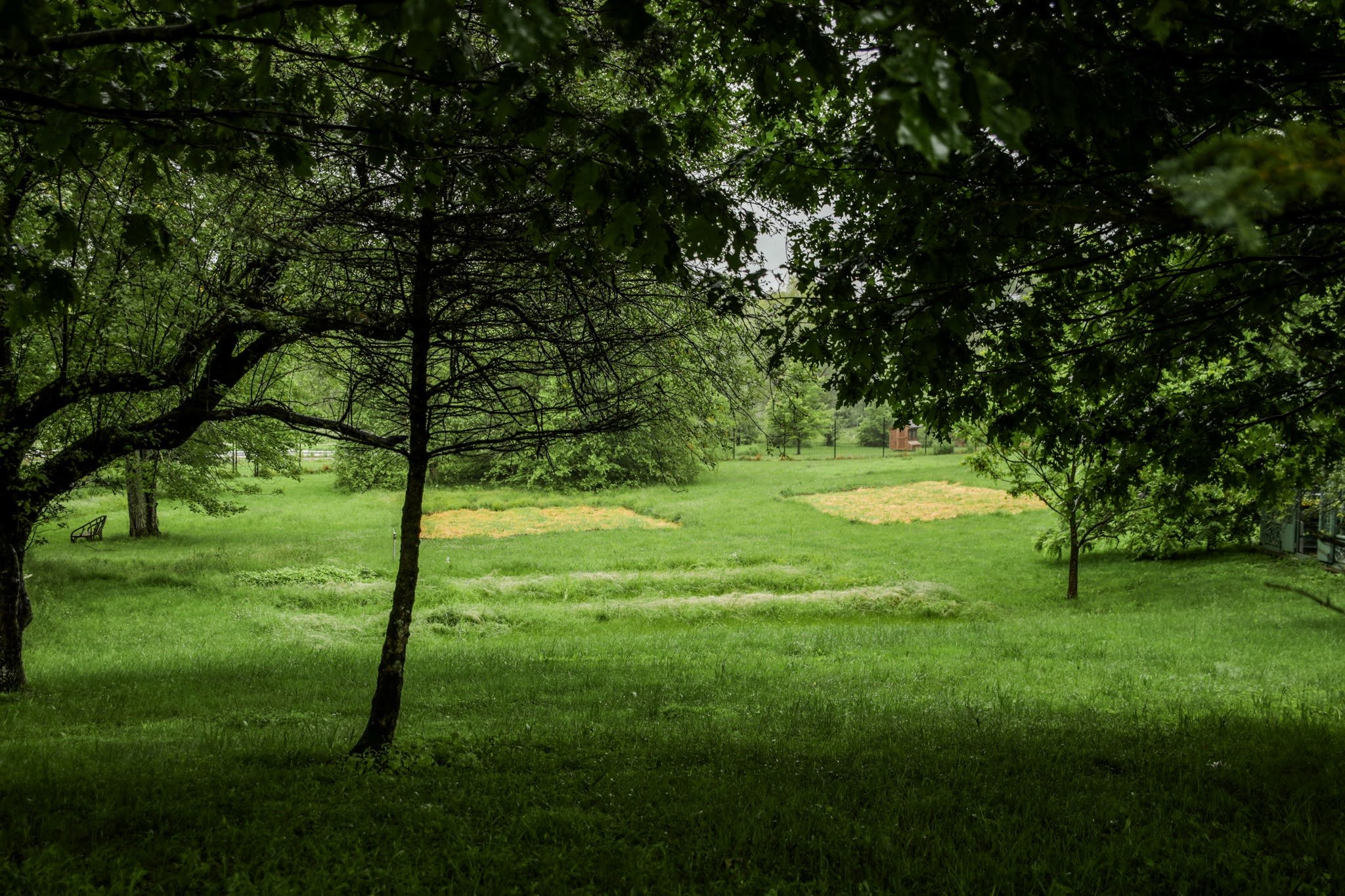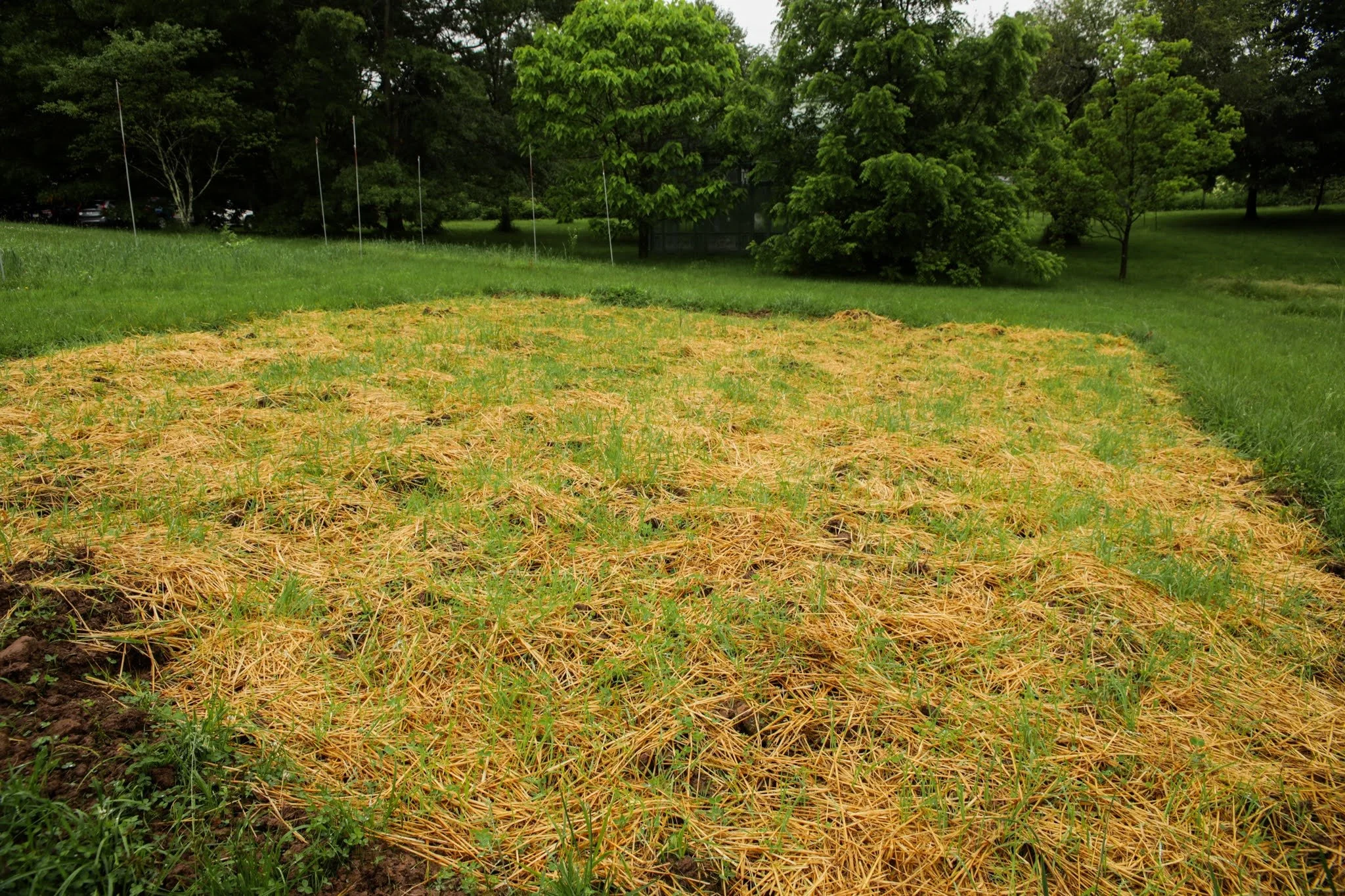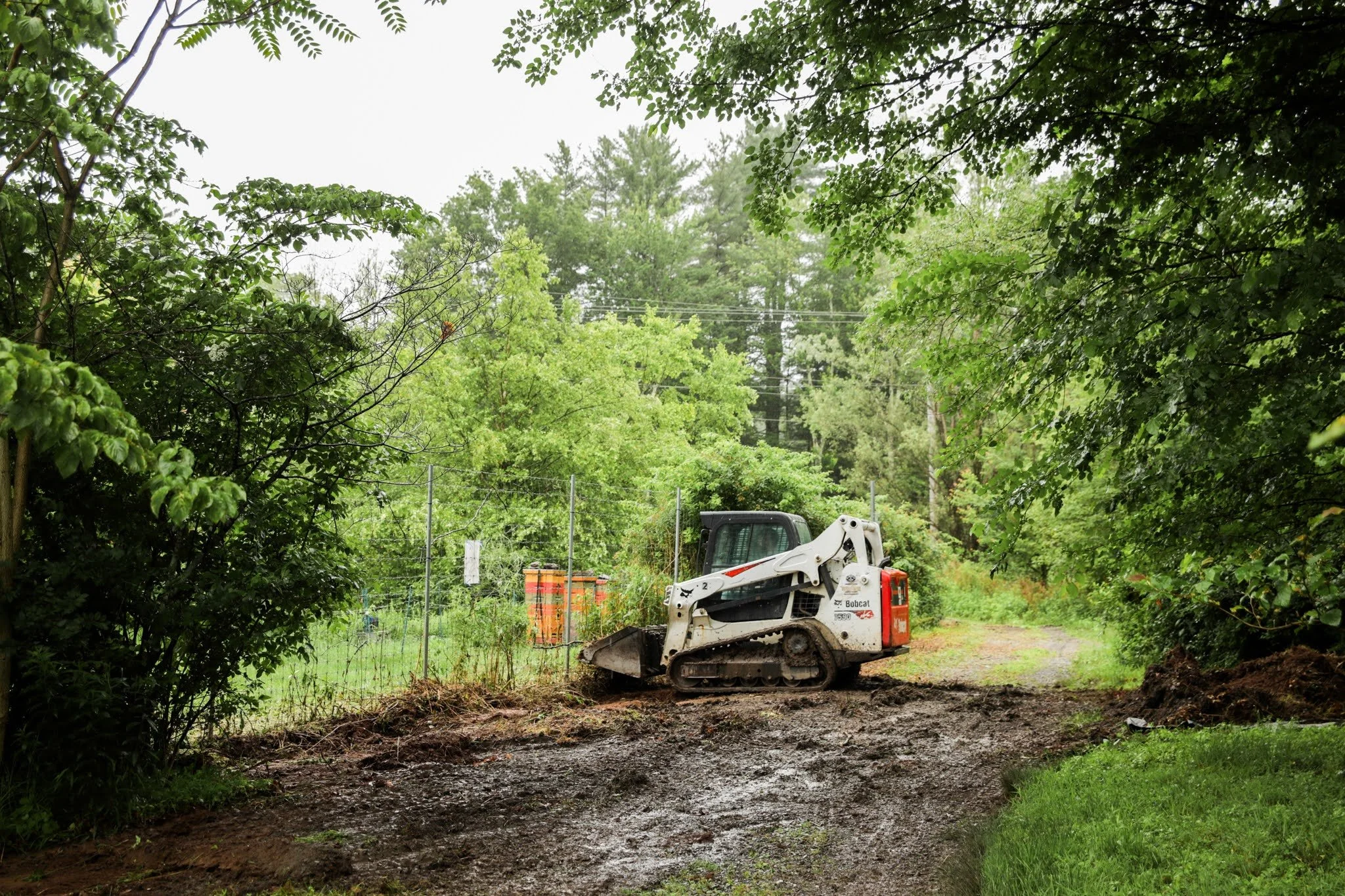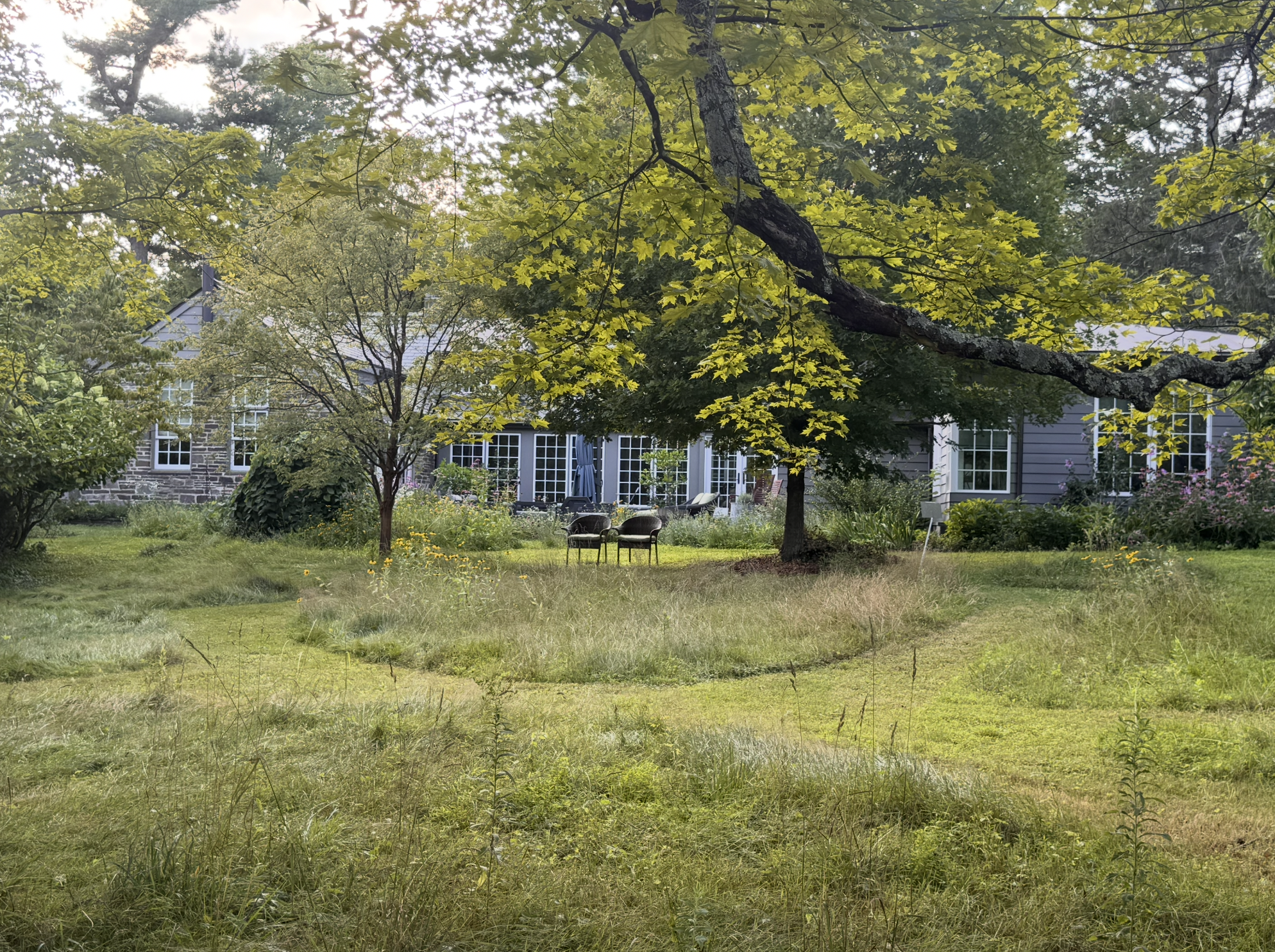Rewilding in Real Time: Our Native Pollinator Habitat Project
At White Feather Farm, growing food is only part of our work. Equally important is stewarding the space for wild things: including native bees, butterflies, beetles, and all the small creatures that make life on this planet possible. That's why we're honored to be working on our Native Pollinator Habitat Project, a 2025 Ecological Restoration Grant funded by Hudson Valley’s Partners for Climate Action.
This is a multi-year ecological restoration project focused on increasing habitat for native pollinators, whose populations are in serious decline. What started as a dream has evolved into five distinct pollinator project habitats across our farm, each responding to different conditions and serving unique ecological roles.
The Meadow
Our largest site is becoming a self-sustaining pollinator haven that embraces natural diversity. Rather than fighting varied conditions, we're working with them. Sunny, dry areas will host drought-tolerant natives, while wet areas welcome moisture-loving species. Our spring sown cover crop has exceeded expectations, holding the ground beautifully as we prepare for fall seeding. Come September, we'll till that organic matter back into the soil, creating a rich canvas for our diverse native seed mixes.
Strategic Restoration
The mugwort-overrun path to Field D got the full treatment: a skid steer removed five to seven inches of topsoil, mugwort and all. So far, very little regrowth. We've laid wood chips as an additional barrier, and we selected native shrubs for this area: hardy shrubs that provide habitat while serving as gentle deterrents to bears near our beehives.
The regenerative zone teaches patience. We deliberately didn't prep soil here, so the bulk of work begins this September.
Kris is also leading another important element: converting a more traditional lawn into pollinator habitat. Her approach began with creating a full-scale mockup first, mowing paths and letting areas grow wild to test what the space will feel like. With a lot of hard physical labor and experimentation, we first weed whacked each section very low, then removed a layer of sod within each section using edging shovels, hoes. After a month, a little grass grew back so we rented a power cultivator from our local hardware store and that gave a needed finishing touch. We also applied a small bit of topsoil, then seeded finishing with a light layer of straw.
The Bigger Picture
This project represents one of the most meaningful forms of stewardship we've ever undertaken. It's not about instant results; it's about committing to the long game, restoring living systems that support life beyond our immediate needs.
Already we're seeing signs: native plants taking hold, cover crops thriving, and the first visits from bees and butterflies curious about these new havens. We're documenting progress across all sites and hope to offer educational opportunities for other land stewards. Our dream is that these plantings become common across the region, patches of refuge and resilience in a world that desperately needs both.
More updates to come as our September planting push begins. "For now, we're grateful to witness something wild and necessary taking root, reminded daily that the most important work often happens quietly, one bloom at a time.






